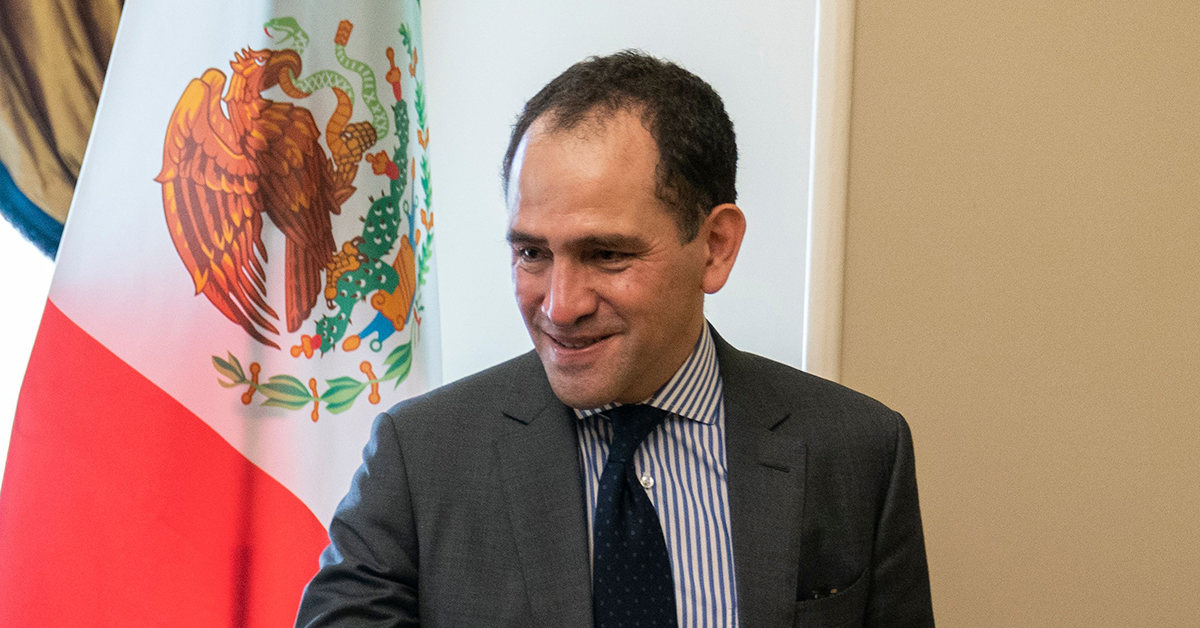Mexico's president shakes up his economic team and consolidates control over the central bank.

After the midterm election in June, Mexican President Andrés Manuel López Obrador shook up his economic team. López Obrador, commonly known by his initials, AMLO, named Finance Minister and Public Credit Arturo Herrera Gutiérrez to take the helm of the central bank of Mexico (Banxico) for the six-year period starting on January 1, 2022, rendering the current governor, Alejandro Díaz de León, a lame duck for the rest of 2021.
Herrera has an MA in economics from the Colegio de Mexico and a BA in economics from the Universidad Autónoma Metropolitana. Before promotion to his current post, Herrera worked under AMLO as the minister of finance of Mexico City from 2004 to 2006.
With Herrera’s Senate confirmation widely expected, by 2022, the president will have nominated four of the five members of Banxico’s board, which consists of the governor and four deputies. AMLO had earlier appointed three. For many analysts, that will represent a true test of the central bank’s independence, given the weak economy and the control the president has over economic decisions in Mexico.
Banxico’s mandate is to maintain low inflation, while Mexico’s main problem is lack of economic growth. Current inflation is already above the central bank’s target range, which led Banxico to hike the benchmark interest rate by 25 basis points on June 24 in a 3-to-2 decision. Will Herrera continue to prioritize inflation and raise interest rates? Or will he keep them low to try to spur growth?
AMLO’s choice to replace Herrera as Finance Minister is Rogelio Ramírez de la O, formerly president of a private advisory firm providing macroeconomic analysis for domestic and international companies. He holds a PhD in economics from Cambridge University and a BA in economics from the Universidad Nacional Autónoma de Mexico. He has no previous government experience but has been advising AMLO for many years.



